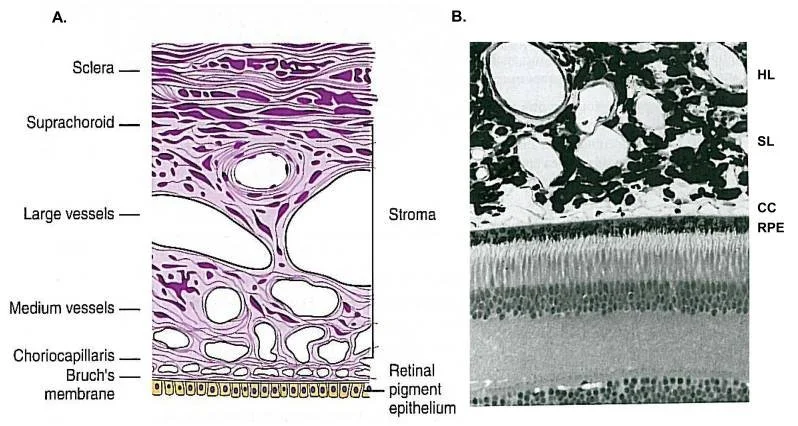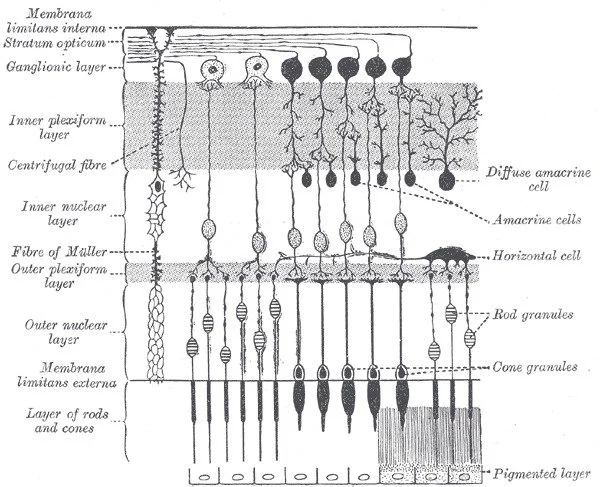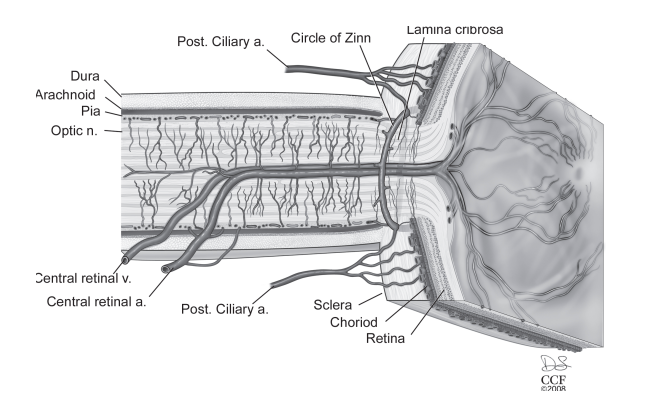Learning the Basics:
Key IVFA Findings
Focal leakage: Bright hyperfluorescence that increases in size and intensity over time.
Diffuse leakage: Widespread leakage from multiple sources, often seen in conditions like diabetic macular edema.
Example:
Choroidal neovascular membranes (CNVM) or retinal vascular leakage.
Leakage
Persistent hyperfluorescence without borders expanding over time.
Often involves tissues like the optic disc or scar tissue, suggesting the area holds the dye (e.g., disc staining in optic nerve head edema).
Staining
Dye collects in fluid-filled spaces (like in serous detachments).
The hyperfluorescent area appears contained, without leakage into surrounding tissue.
Example:
Central serous chorioretinopathy (CSR).
Pooling
Occurs when areas of atrophic retina or RPE allow greater visibility of the underlying choroid, resulting in early hyperfluorescence that does not change in size or shape over time.
Example:
Geographic atrophy in age-related macular degeneration.
Window Defects
A dark area where normal fluorescence is expected, usually due to blood or pigment blocking the dye.
Example:
Vitreous hemorrhage, pigment clumping, or dense drusen.
Let’s Practice!
Make the diagnosis based on the key findings.
Diabetic retinopathy
CNVM
CSR
Retinal Vein Occlusion
Optic Disc Edema



